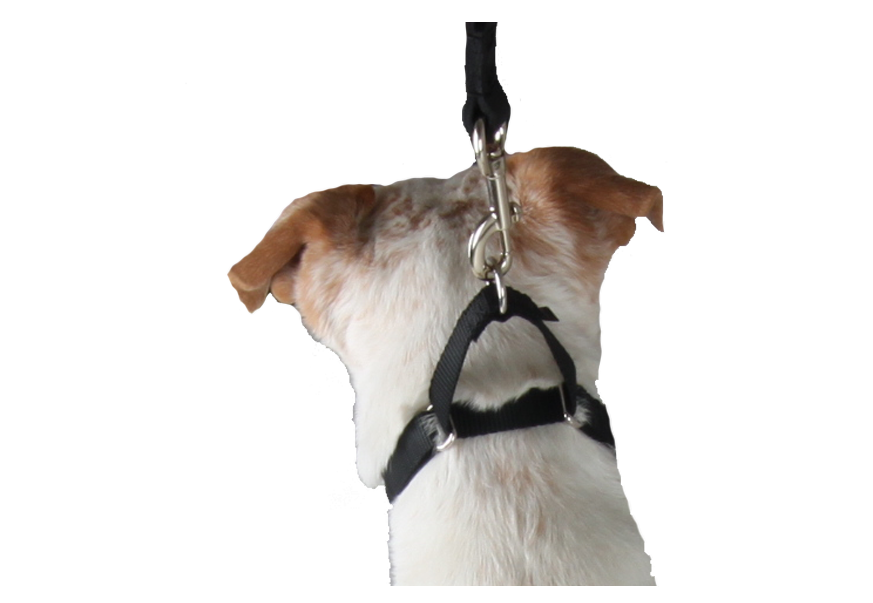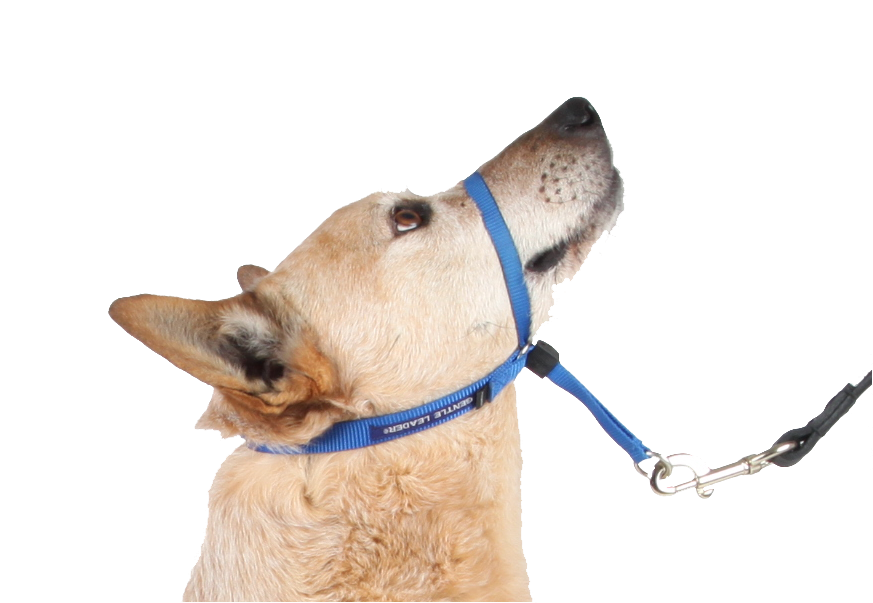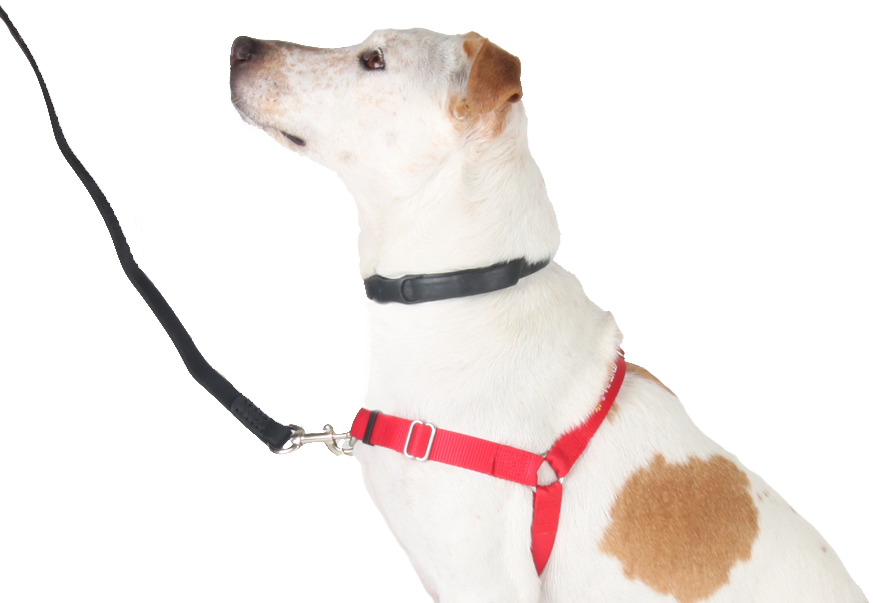Prong Collar Myths and Facts
Myth: Dogs’ skin is so thick they can’t feel the pain.
Fact: Skin on a human’s neck is actually thicker (10-15 cells) than the skin on a dog’s neck (3-5 cells). So if you think wearing a prong collar would hurt, imagine how your dog feels.
Myth: Nothing else works, and I can’t control my dog any other way.
Fact: If you’re working with a skilled trainer who’s using positive reinforcement, you can teach your dog to perform nearly any behavior without the use of pain or fear.
Myth: This breed is too tenacious/stubborn/strong to use anything gentler.
Fact: All dogs are different, and breed only plays a small role in each individual dog’s personality and behavior. Socialization and training have more of an influence than breed on behavior. Try positive training!
Myth: My dog doesn’t mind it.
Fact: How do you know? Does your dog speak English? Are you skilled in reading dog body language? Do you know the difference between a dog who is suppressing normal behaviors, avoiding pain, and shut down, versus one who is happy, engaged, and confident? There’s a good chance that your dog does mind it, but has learned to live with it to avoid more punishment.
Myth: My dog needs to learn not to jump/pull.
Fact: We agree that any dog needs to learn not to jump/pull! But there are positive ways to teach these things – ways that actually TEACH a new behavior, instead of just teaching a dog to avoid a painful feeling, without knowing what you want him to do instead. With the prong, as soon as you take it off, he’ll go back to his previous behaviors.
Myth: It makes people think my dog is scary.
Fact: How about a flat collar with studs on it instead? Or better yet, how about you don’t rely on your canine companion for security, and instead take a self-defense class or carry pepper spray?
Myth: My trainer told me it’s helpful and useful.
Fact: Unfortunately, many trainers are still using out-of-date, non-evidence-based training methods, which end up doing more harm than good. We recommend that you follow the advice of reputable dog welfare groups and look for a credentialed trainer that has passed a reliable, validated assessment of his or her skills. No trainer should need to resort to pain and fear.
Myth: My dog’s prong collar has little plastic protectors so it doesn’t hurt as much.
Fact: Even if it doesn’t hurt as much, it’s still painful and uncomfortable, and ultimately unneccessary .
Myth: My dog doesn’t care about treats.
Fact: That’s probably not true: we bet you’re just not using high-value enough treats! We promise there’s something every dog will like – you just have to try things out to find what motivates your dog. Baby food? Tripe? Meatballs? String cheese? Or, some dogs will work for a ball or a game of tug!
Myth: A prong collar isn’t inhumane if it fits right.
Fact: Sadly, this is a false statement that’s been perpetuated by aversive trainers. Even properly fitted prong collars dig into the sensitive skin around the neck, risking severe damage to the thyroid, esophagus, and trachea.
Myth: It works better than anything else.
Fact: Perhaps it “works” more quickly or easily than anything else you’ve tried, but that doesn’t mean it’s worth damaging your relationship with your dog, and potentially encouraging severe aggression and behavior issues, because it’s faster than real training.
Myth: I saw immediate results.
Fact: You will see immediate “results” when you put a pain collar on your dog, because it hurts when they pull. However, by using this collar, you aren’t actually training your dog to do anything. He is just learning to avoid pain. As soon as you take it off, he’ll go back to his previous behaviors. Actually training him will have much more wide-reaching and long-lasting effects
Myth: I felt the shock/pinch and it’s not that bad.
Fact: Did you feel it over and over and over again, for hours on end? Did you feel it on your neck? Did you feel it when you weren’t expecting it? How about when you were already scared or stressed? And even if it’s not that bad to you, how can you know how it feels to him?
Myth: At least prong collars are more humane than choke collars.
Fact: If you can see that a choke collar is inhumane, why would you want to use another inhumane tool, such as a prong, that hurts your dog?
Type of Walking Equipment
Flat or rolled collar

- Used to attach identifications, licenses, and rabies tags for ID purposes
- Humane
Martingale-type Collar

- Good for dogs with narrow heads who can slip out of collars
- Adjustable so that it cannot strangle a dog
- Humane
Head Halter

- Good for training loose-leash walking by redirecting dogs’ attention towards their humans
- Humane
Front-clip harness

- Good for loose-leash training
- Dogs don’t require acclimation to the harness
- Can be used with all dogs including snub nose breeds, tiny dogs, and dogs with airway medical issues
- Redirects dog’s attention by turning his body instead of applying pressure on neck
- Humane
Back-clip harness

- Good for dogs with airway-related medical issues
- Humane
